Cerinthe major ‘Rhubarb and Custard’
£6.45
This beautiful plant is absolutely loved by bees and butterflies. Ideal for cut flowers and self seeds so it will always be somewhere in the garden. A bushy upright habit with blue-green leaves and lovely silver, curving hoods with pale-yellow and purple bells hanging like droplets. Hardy annual. Flowers May to September. Height 50cm. Full sun.
Description
Cerinthe major ‘Rhubarb and Custard’ is a captivating hardy annual loved by gardeners for its striking combination of pale yellow and purple bell-shaped flowers nestled in silver-green foliage. This low-maintenance plant thrives in gardens, borders, and containers, offering a long flowering season and attracting bees and butterflies. Follow this detailed guide to grow and care for your Cerinthe major ‘Rhubarb and Custard’ successfully.
PLANTING and AFTERCARE GUIDE
Best Time to Plant
- Spring Planting: Established Cerinthe major ‘Rhubarb and Custard’ plants should be planted in spring when the soil has warmed. This ensures the plant has plenty of time to settle before its blooming period.
- Growing from Seed: As a secondary option, sow seeds indoors in late winter or directly outdoors in early spring. Seeds germinate readily and will produce healthy plants that flower the same season.
Site Selection
- Sunlight: Cerinthe major ‘Rhubarb and Custard’ flourishes in full sun but can tolerate partial shade. Ensure it receives at least 6 hours of sunlight daily to promote vibrant blooms and healthy foliage.
- Soil: This plant thrives in well-drained soil with good aeration. Sandy or loamy soils are ideal, though heavy soils can be improved by adding grit or organic matter to enhance drainage.
Planting Instructions
- Prepare the Site: Loosen the soil and mix in compost or well-rotted manure to enrich the planting area. This creates the ideal environment for Cerinthe major ‘Rhubarb and Custard’ to establish strong roots.
- Planting Established Plants: Dig a hole slightly larger than the root ball, place the plant in the hole, and ensure the top of the root ball is level with the surrounding soil. Backfill gently, firming the soil around the base.
- Sowing Seeds: Scatter seeds thinly on the soil surface and cover lightly with a thin layer of soil. Water gently and keep moist until germination occurs, typically within 14-21 days.
- Watering After Planting: Water thoroughly after planting, ensuring the soil is evenly moist but not waterlogged.
Watering Requirements
- Established Plants: Once settled, Cerinthe major ‘Rhubarb and Custard’ is drought-tolerant. Water sparingly during dry periods, allowing the soil to dry out between waterings. Overwatering can lead to root rot.
- Newly Planted or Seedlings: Keep the soil moist during the early establishment phase to support healthy root development.
Feeding
- Spring Feed: Apply a general-purpose fertiliser in early spring to encourage robust growth and a profusion of flowers.
- Mid-Season Boost: A light feeding mid-season helps sustain flower production and supports continued growth.
Maintenance and Care
- Deadheading: Remove spent flowers regularly to encourage fresh blooms and maintain a tidy appearance. This practice prolongs the flowering period of Cerinthe major ‘Rhubarb and Custard’.
- Self-Seeding: Allow some flowers to set seed if you want Cerinthe major ‘Rhubarb and Custard’ to self-seed and reappear naturally in your garden the following year.
- Pruning: Cut back tired or damaged foliage to keep the plant looking its best.
Mulching
- Spring Mulching: Spread a layer of organic mulch around the base of the plant in early spring. Mulching retains moisture, suppresses weeds, and regulates soil temperature, providing the ideal environment for Cerinthe major ‘Rhubarb and Custard’.
- Winter Mulching: Although hardy, a light mulch in late autumn can protect the plant’s roots from frost, particularly in cooler regions.
Supporting the Plant
Cerinthe major ‘Rhubarb and Custard’ has a naturally bushy and upright habit that rarely requires staking. However, in exposed or windy areas, consider providing light support to prevent damage to the delicate stems.
Final Tips
- Companion Planting: Pair Cerinthe major ‘Rhubarb and Custard’ with wildflowers or herbs to create a naturalistic planting scheme that supports pollinators.
- Container Growth: If growing in pots, choose a container with drainage holes and use free-draining compost. Position the container in full sun for best results.
- Pollinator Haven: This plant is a magnet for bees and butterflies, making it an excellent choice for wildlife-friendly gardens.
By following these care tips, your Cerinthe major ‘Rhubarb and Custard’ will reward you with stunning flowers and lush foliage from spring to early autumn. Whether planted in borders, containers, or wildflower gardens, Cerinthe major ‘Rhubarb and Custard’ adds vibrant charm and a touch of elegance to any outdoor space.
Additional information
| Pot Size |
|---|


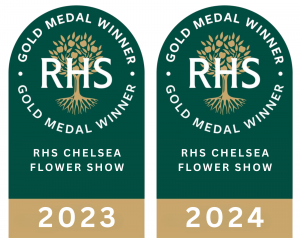


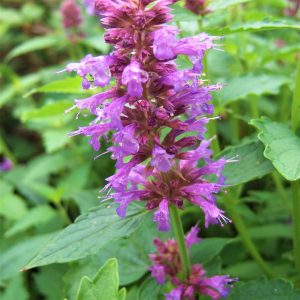
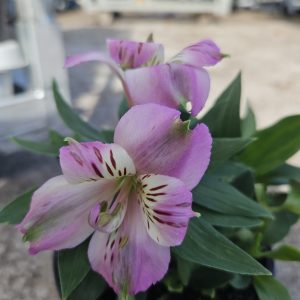
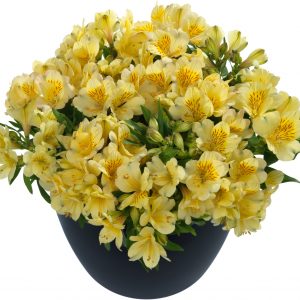
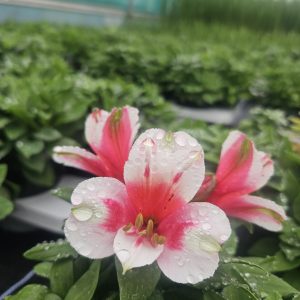
Jill A. (verified owner) –
Very happy, arrived flowering with plenty of buds.
Paul Allen (verified owner) –
Excellent quality plants, very impressed!